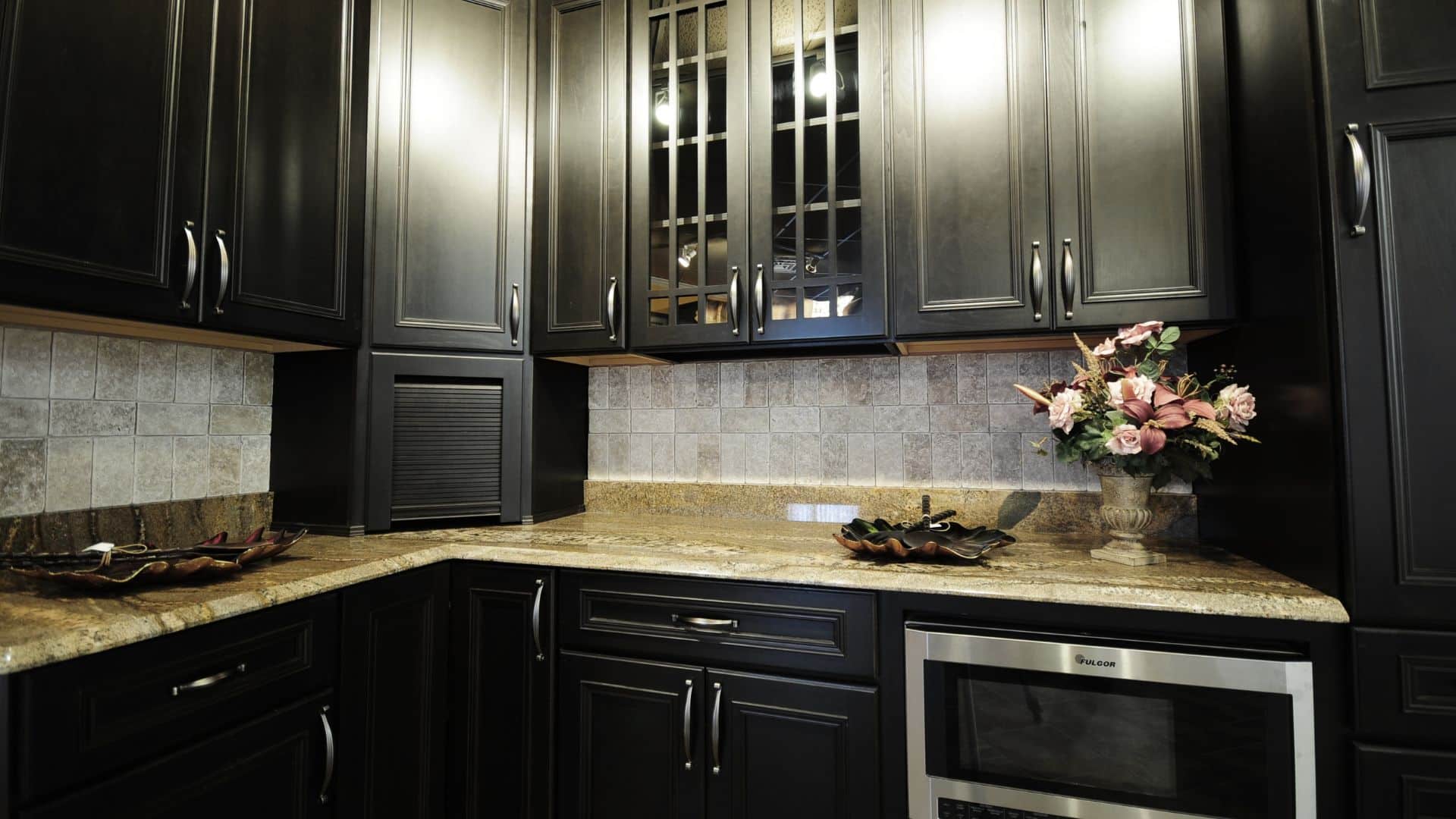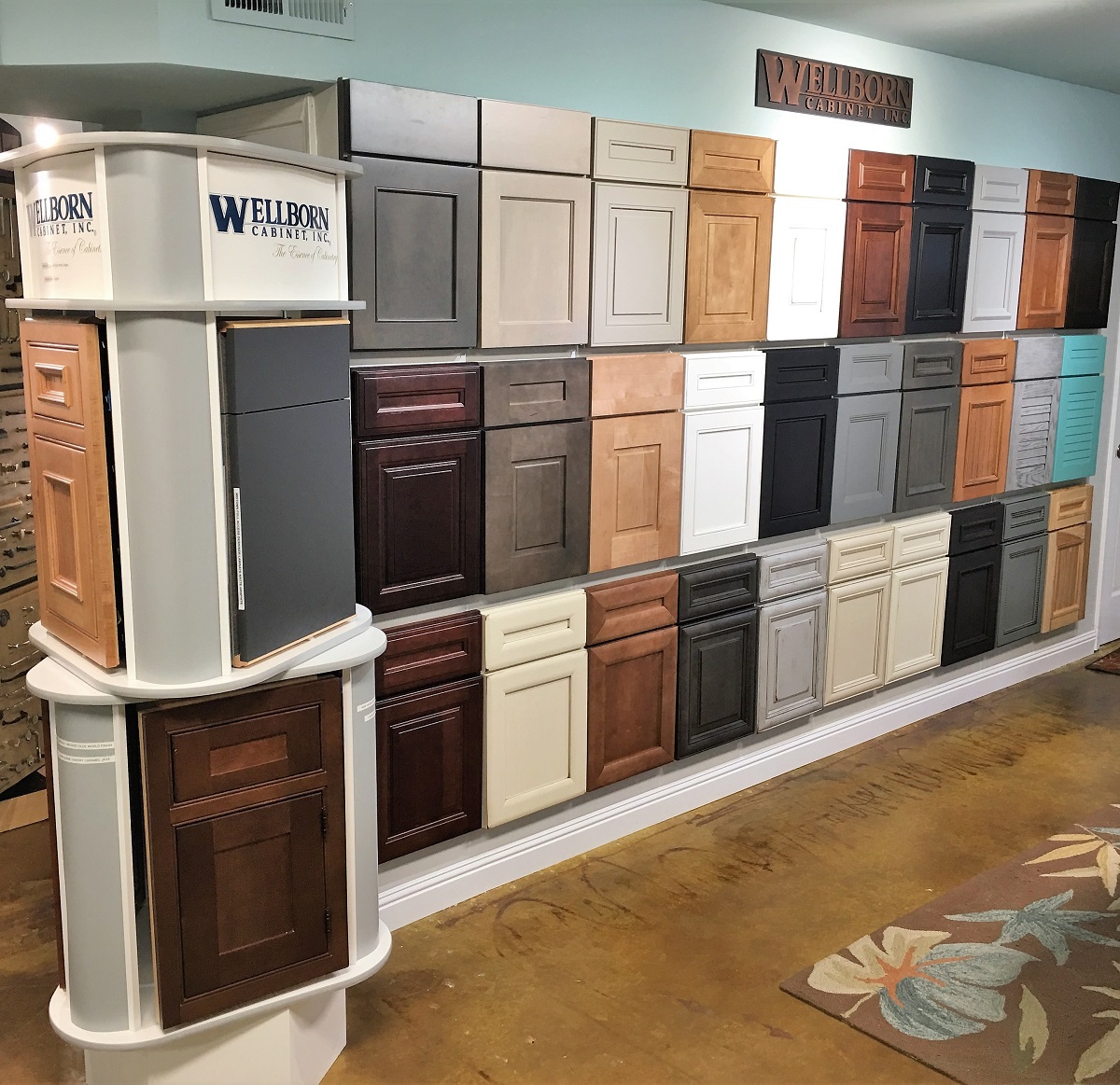Popular Kitchen Cabinet Door Materials

Choosing the right cabinet door material is a crucial decision when designing your kitchen. It affects the overall look, durability, and functionality of your space. With a wide array of options available, it’s essential to understand the pros and cons of each material to make an informed choice.
Wood Cabinet Doors
Wood is a classic and timeless material for kitchen cabinet doors. It offers a natural beauty, warmth, and versatility.
- Pros:
- Natural beauty: Wood comes in various grains, colors, and textures, adding a unique character to your kitchen. It’s also a sustainable and renewable resource.
- Durability: With proper care, wood cabinet doors can last for decades, becoming family heirlooms.
- Customization: Wood can be stained, painted, or finished in numerous ways to match your desired style and aesthetic.
- Value: Solid wood cabinets are a significant investment that can increase your home’s value.
- Cons:
- Cost: Solid wood cabinets are generally the most expensive option, especially for high-quality hardwoods.
- Maintenance: Wood requires regular cleaning and finishing to prevent scratches, dents, and moisture damage.
- Susceptibility to damage: Wood is prone to scratches, dents, and water damage, especially in high-traffic areas.
Examples of popular kitchen designs featuring wood cabinet doors include:
- Traditional kitchens: Cherry, maple, and oak are popular choices for traditional kitchens, often featuring intricate details and carvings.
- Modern kitchens: Walnut, ash, and bamboo are frequently used in modern kitchens, often with clean lines and minimalist designs.
- Rustic kitchens: Reclaimed wood, barn wood, and knotty pine add a rustic charm to kitchens, creating a cozy and inviting atmosphere.
Laminate Cabinet Doors
Laminate is a popular choice for kitchen cabinet doors due to its affordability, durability, and wide range of styles.
- Pros:
- Affordability: Laminate is a budget-friendly option compared to wood, making it accessible to a wider range of homeowners.
- Durability: Laminate is resistant to scratches, dents, and moisture, making it a practical choice for high-traffic areas.
- Easy maintenance: Laminate is easy to clean and maintain, requiring only a damp cloth to wipe away spills and dirt.
- Variety of styles: Laminate is available in a wide range of colors, patterns, and finishes, mimicking the look of wood, stone, or other materials.
- Cons:
- Less customization: Laminate is typically available in pre-designed patterns and finishes, limiting customization options.
- Less natural appeal: Laminate lacks the natural warmth and character of wood, giving a more synthetic appearance.
- Can be prone to chipping: While durable, laminate can chip or crack if subjected to heavy impacts or sharp objects.
Examples of popular kitchen designs featuring laminate cabinet doors include:
- Contemporary kitchens: Laminate can be used to create sleek and modern kitchens with bold colors and geometric patterns.
- Transitional kitchens: Laminate can achieve a transitional style by mimicking the look of wood or stone, offering a balance between traditional and modern elements.
- Budget-friendly kitchens: Laminate is an ideal choice for budget-conscious homeowners who want durable and stylish cabinets without breaking the bank.
Thermofoil Cabinet Doors
Thermofoil, also known as PVC or vinyl, is a popular material for kitchen cabinet doors due to its affordability, durability, and moisture resistance.
- Pros:
- Affordability: Thermofoil is generally less expensive than wood or laminate, making it a budget-friendly option.
- Durability: Thermofoil is resistant to scratches, dents, and moisture, making it suitable for high-traffic areas.
- Easy maintenance: Thermofoil is easy to clean with a damp cloth, requiring minimal effort to keep it looking new.
- Moisture resistance: Thermofoil is highly resistant to moisture, making it a good choice for kitchens with high humidity or frequent spills.
- Cons:
- Limited customization: Thermofoil is typically available in pre-designed patterns and finishes, offering less customization than other materials.
- Less natural appeal: Thermofoil lacks the natural warmth and character of wood, giving a more synthetic appearance.
- Can be prone to warping: Thermofoil can warp or delaminate over time, especially if exposed to extreme temperatures or moisture.
Examples of popular kitchen designs featuring thermofoil cabinet doors include:
- Traditional kitchens: Thermofoil can be used to create traditional kitchens with wood-grain finishes, achieving a classic look at a lower cost.
- Contemporary kitchens: Thermofoil can be used to create modern kitchens with sleek and minimalist designs, often featuring bold colors or high-gloss finishes.
- Small kitchens: Thermofoil can be a good choice for small kitchens, as its moisture resistance and easy maintenance make it practical in tight spaces.
Painted Cabinet Doors
Painted cabinet doors offer a versatile and customizable option, allowing homeowners to create a unique and personalized look.
- Pros:
- Customization: Painted cabinet doors can be customized in any color or finish, allowing you to create a truly unique kitchen design.
- Versatility: Painted cabinet doors can complement a wide range of styles, from traditional to modern.
- Cost-effective: Painting existing cabinets is a cost-effective way to refresh your kitchen without replacing them entirely.
- Cons:
- Requires preparation: Painting cabinets requires proper preparation, including sanding, priming, and multiple coats of paint.
- Can be prone to chipping: Painted cabinet doors can be prone to chipping or scratches, especially in high-traffic areas.
- Maintenance: Painted cabinet doors require regular cleaning and touch-ups to maintain their appearance.
Examples of popular kitchen designs featuring painted cabinet doors include:
- Modern kitchens: Bold colors and high-gloss finishes are often used to create a modern and sleek look.
- Farmhouse kitchens: White or cream-colored cabinets with distressed finishes create a cozy and inviting farmhouse style.
- Shaker kitchens: Simple and elegant, shaker cabinets are often painted in neutral colors like white, gray, or black.
Wood Cabinet Doors: Types Of Kitchen Cabinet Door Material

Wood cabinet doors offer a timeless elegance and natural beauty that can enhance any kitchen style. They come in a wide range of species, each with unique characteristics in terms of grain patterns, durability, and cost. Choosing the right wood for your kitchen cabinets is an important decision that will impact the overall look and feel of your space.
Types of Wood for Cabinet Doors
The choice of wood for cabinet doors is influenced by factors such as desired aesthetics, durability requirements, and budget. Here are some of the most popular wood species used for kitchen cabinets:
- Oak: Oak is a classic choice for cabinet doors, known for its strength, durability, and distinctive grain patterns. It’s a hard and dense wood, making it resistant to scratches and dents. Oak comes in various colors, from light to dark, and can be stained to achieve different finishes. It is a popular choice for traditional and contemporary kitchen styles.
- Maple: Maple is another popular choice for cabinet doors, prized for its smooth, fine grain and light color. It is a strong and durable wood, making it suitable for high-traffic areas. Maple can be stained to achieve a variety of finishes, from warm honey tones to rich browns. It is a good choice for modern and transitional kitchens.
- Cherry: Cherry is a beautiful hardwood known for its rich reddish-brown color and distinctive grain patterns. It is a relatively soft wood, but it is still durable enough for kitchen cabinets. Cherry ages gracefully, developing a warm patina over time. It is a popular choice for traditional and rustic kitchens.
- Walnut: Walnut is a luxurious hardwood with a distinctive, dark brown color and striking grain patterns. It is a strong and durable wood, making it a good choice for high-end kitchens. Walnut is also known for its natural oils, which give it a rich, lustrous finish. It is a good choice for modern and contemporary kitchens.
Comparing Wood Characteristics
Here is a table comparing the characteristics of these four wood species:
| Wood Type | Grain Pattern | Durability | Cost | Kitchen Styles | Oak | Prominent, open grain | High | Moderate | Traditional, Contemporary | Maple | Fine, even grain | High | Moderate | Modern, Transitional | Cherry | Distinctive, swirling grain | Moderate | High | Traditional, Rustic | Walnut | Striking, dark grain | High | High | Modern, Contemporary |
|---|
Alternative Cabinet Door Materials

While wood remains the most popular choice for kitchen cabinet doors, exploring alternative materials can add a unique touch and enhance the overall aesthetic of your kitchen. Materials like metal, glass, and acrylic offer distinct advantages and drawbacks, and their incorporation can create stunning and unexpected design elements.
Metal Cabinet Doors, Types of kitchen cabinet door material
Metal cabinet doors are becoming increasingly popular, offering a modern and industrial look. They are durable, resistant to scratches and dents, and easy to clean.
- Advantages: Metal cabinet doors are highly durable, resistant to moisture, heat, and scratches. They are also easy to clean and maintain.
- Disadvantages: Metal can be susceptible to fingerprints and smudges, requiring frequent cleaning. It can also be noisy when closing. The weight of metal doors may require stronger hinges.
- Design Considerations: Metal cabinet doors can be incorporated into various kitchen styles. Stainless steel provides a sleek, modern look, while copper and brass offer a warm, vintage appeal. Metal doors can be paired with wood or glass accents for a balanced aesthetic.
Glass Cabinet Doors
Glass cabinet doors offer a contemporary and elegant look, allowing for a glimpse into the contents of the cabinets. They can be incorporated into various kitchen designs, adding a touch of sophistication and visual interest.
- Advantages: Glass cabinet doors create a sense of openness and allow natural light to penetrate the kitchen. They are also easy to clean and maintain.
- Disadvantages: Glass can be prone to breakage and may require extra care. It can also be more expensive than other materials.
- Design Considerations: Glass cabinet doors can be frosted, textured, or patterned to enhance privacy and add visual interest. They can also be paired with metal or wood accents for a sophisticated look.
Acrylic Cabinet Doors
Acrylic cabinet doors offer a modern and sleek look, similar to glass, but with enhanced durability and impact resistance. They are also lightweight and easy to clean, making them a popular choice for kitchens with limited space.
- Advantages: Acrylic cabinet doors are lightweight, durable, and resistant to scratches and dents. They are also easy to clean and maintain.
- Disadvantages: Acrylic can be prone to scratches and may require extra care. It can also be more expensive than other materials.
- Design Considerations: Acrylic cabinet doors are available in a wide range of colors and finishes, allowing for customization to match any kitchen design. They can be paired with metal or wood accents for a unique and modern look.
Types of kitchen cabinet door material – From the classic wood to the contemporary laminate, there’s a whole spectrum of kitchen cabinet door materials to choose from, each with its own vibe and practicality. If you’re looking for a more individual touch, consider the versatility of lockers for bedroom decor, lockers for bedroom decor , which can be adapted to your own style and storage needs.
Just like kitchen cabinets, the choice of material for lockers can influence the overall feel of the room, so don’t underestimate the power of a good finish.
From the classic elegance of wood to the modern sleekness of acrylic, there’s a cabinet door material for every taste and budget. If you’re after a bit of a pop of colour, why not consider a vibrant aqua or coral shade for your kitchen cabinets, much like the aqua and coral bedroom decor that’s all the rage these days.
Whatever you choose, make sure it complements the overall style of your kitchen, and remember, a well-chosen cabinet door can make all the difference!